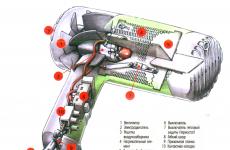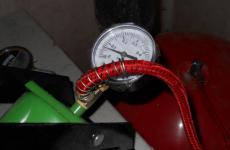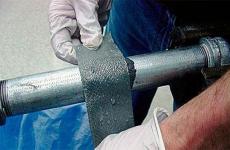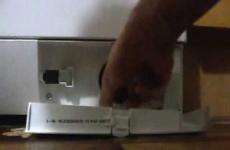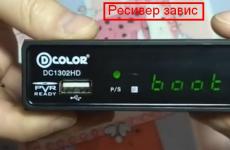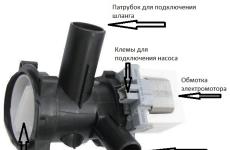How to choose an indoor TV antenna
It's hard to imagine modern life without a TV. It is thanks to this device that we can learn about events taking place all over the world and enjoy watching interesting films. The most popular at the moment are cable and satellite devices, however, due to frequent interruptions and the high cost of installation, many want to have an inexpensive but reliable indoor antenna in their use. How to choose the most suitable option - read on.
In the homes of modern residents, an indoor antenna can be found infrequently. The fact is that such simple and reliable devices have supplanted more functional satellite dishes and cable TV. However, the cost of satellite devices is quite high, and cable TV cannot be carried to a dacha or a country house. In addition, such options often have interruptions, so we advise you to buy a device such as an indoor TV antenna.
The indoor antenna is used directly inside the building. Using a coaxial cable, it connects to a TV and receives a TV signal. Such a device differs from other options in ease of assembly, reliability and low cost.
As with all devices, an indoor antenna has its advantages and disadvantages. Both those and others are provided in a fairly large number.
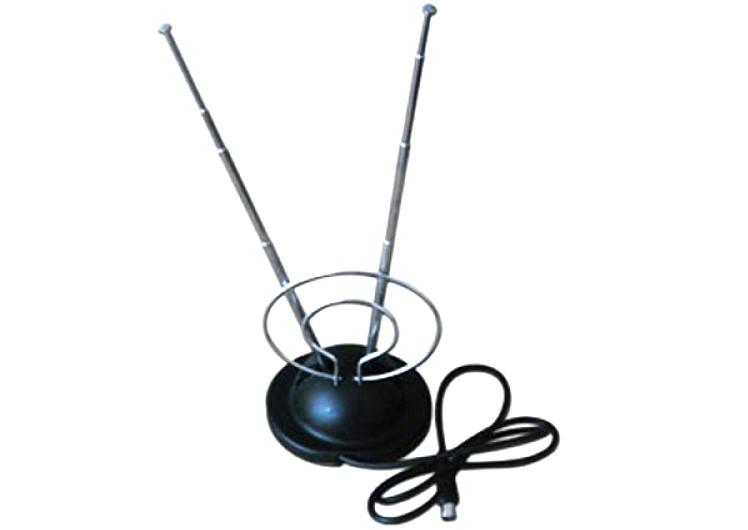
Home antenna advantages:
- Low cost;
- Easy to install;
- Small size;
- Transportability.
It is for these advantages that a home antenna is still in demand. However, such a device also has disadvantages.
Disadvantages of a home antenna:
- The need to customize each signal;
- A small list of channels;
- Works only near the broadcaster;
- Sensitive to obstructions;
- The impossibility of achieving the perfect picture.
It is because of these shortcomings that the antenna went out of general use. However, if you only need such a device as a backup, or you decide to take your old TV to the country, then it will suit you perfectly.
What is needed for an indoor TV antenna to pick up a signal well
An indoor antenna, although it does not depend on many factors regulating the reception of cable television, can malfunction. They often manifest themselves as a deterioration in signal quality. Before choosing a home antenna, we advise you to familiarize yourself with the factors that affect its performance.
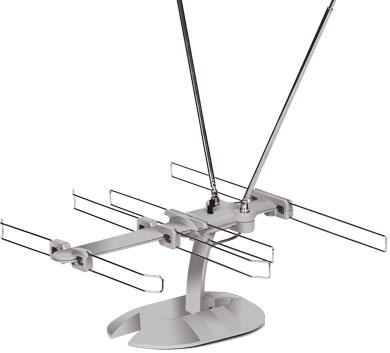
What determines the operation of a television room antenna:
- The first factor in the operation of the antenna is its distance from the repeater. The repeater is a television tower. Such structures are installed in each area through which the received signal is broadcast. The further the antenna is from the repeater, the worse the signal will be. You can improve the signal quality with a special amplifier. Which is purchased separately.
- The type of home antenna and the presence of amplifiers also affect the signal quality.
- Antenna installation height. The higher you put the antenna, the better the signal will be.
- The presence of obstacles in the path of the wave to the antenna. Trees, tall buildings, and other structures significantly degrade the signal.
- The location of the antenna in the house. The most favorable places for installing the antenna are the TV and the windowsill.
Taking into account all these factors, you can get an antenna that will perfectly pick up the signal. To improve the performance of such devices, you need to purchase a special amplifier.
Types of antennas for TV
In the previous paragraph, we said that the quality of signal reception by a home antenna depends on the type to which it belongs. Antennas are divided into types according to their design and signal reception range.
A satellite dish is certainly better than a home option, because it catches a huge number of channels. However, if you are not a fan of watching TV, then a room receiver will be enough for you.
You can tune all types of antennas without the help of a wizard. However, only active channels will be able to receive such devices.
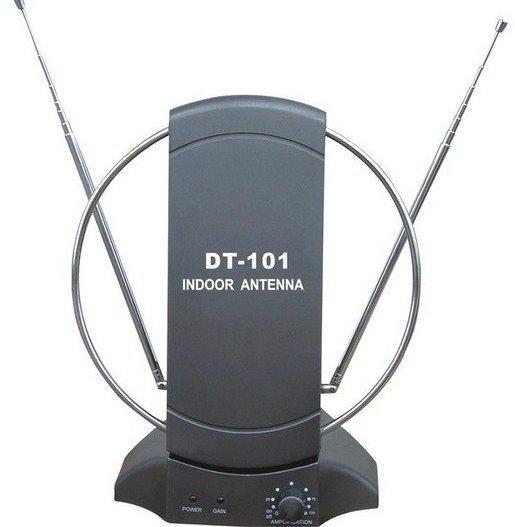
What types of indoor antennas are:
- A meter antenna is the simplest possible indoor device. It is a platform with a mustache and can catch a signal that is no further than a meter away from it. Such designs are not very popular, since they can catch only five channels.
- The frame antenna, also decimeter, consists of a cable for connecting to a TV, a platform and an open loop of the frame. Such devices are capable of picking up a signal at a tower range of up to 30 km. Such a receiver catches decimeter waves.
- The hybrid antenna can receive both decimeter and meter waves. All-wave receivers are especially popular due to their band switching capability.
- The passive internal antenna picks up the signal but has no amplification function. Such an antenna can be used only when the tower is located at a short distance.
- An active TV antenna comes with an amplifier. Such a device can receive a signal at a great distance from the tower and distribute it among several TVs.
As you can see from the description of the models, the choice of the type of antenna is obvious. Since most of the channels have switched to a digital signal, it is better to purchase decimeter antennas.
How to choose an antenna for your TV
Since we have already decided which antenna model is better to purchase. We invite you to familiarize yourself with the criteria for choosing decimeter or digital devices.
In order for the TV to be able to convert the incoming decimeter waves into a picture, it is necessary to equip it with a DVB / T2 receiver. Some TV models are already equipped with such devices.
Digital antennas receive decimeter waves. Thus, they are decimeter receivers.
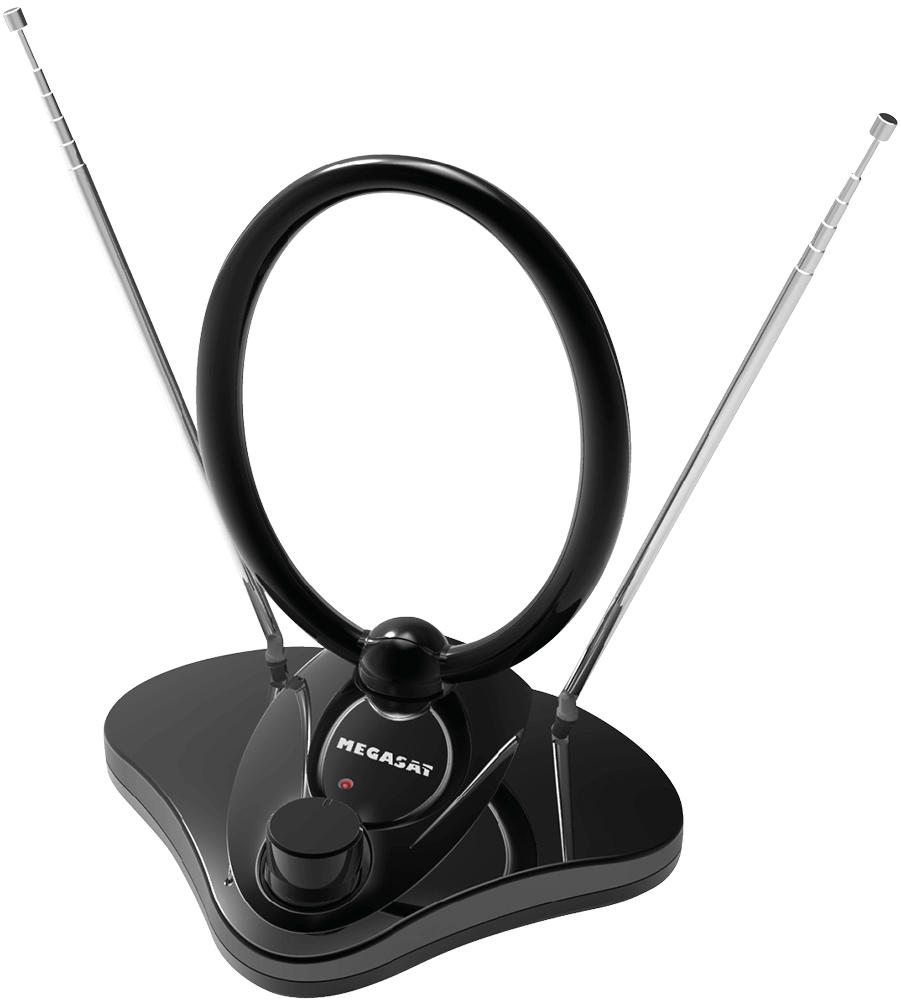
How to find an antenna with a good signal:
- First you need to find out if digital broadcasting is supported in your area.
- Reveal the distance from the TV tower to your home. You can do this by means of a conventional distance measurement, or simply find out the necessary parameters on the Internet.
- Check the labeling on the packaging to find out the format of the digital broadcast. If your TV has a DVB / T2 receiver, then it will be able to accept the format of any broadcast.
- Pay attention to the presence of a cable or platform for installing the receiver.
These are the basic principles for choosing an antenna for your home. In principle, any receiver that meets all the requirements will pick up the signal. Therefore, you should not buy the most expensive antenna available. If your area supports a digital signal, any decimeter antenna will pick it up.
Rating of indoor antennas for TV
However, we will provide you with three models of receivers that have proven themselves well with consumers. They have a low cost and are able to receive a signal at a great distance from a television tower.
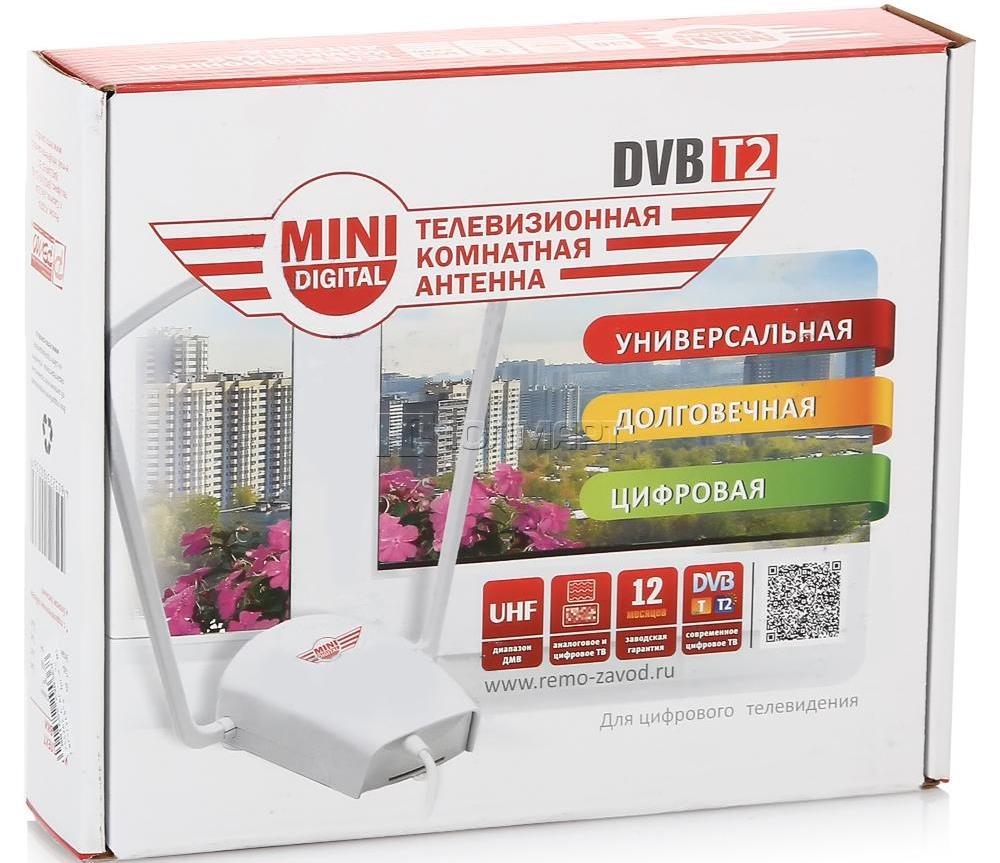
List of TV receiver models that have worked well:
- Mini Digital is a Saratov model of a wave receiver with a signal amplifier included. It consists of a box-stand and a frame with suction cups. Such a receiver connects to the network and to the TV. It accepts a DVM format signal.
- Sirius 0.2 - has a stand, but does not include an amplifier. However, such an installation is capable of catching decimeter waves at a distance of 42 km from the television tower.
- The Denn DAA receiver is manufactured in China. It comes with an amplifier and can receive 20 TV channels and 3 more radio channels.
These receiver models are inexpensive and easy to use. Spending quite a bit of money on them. You will provide yourself with an uninterrupted TV channel.
Connecting an indoor antenna (video)
An indoor antenna is a device that will provide you with a family vacation in the country and at home. Purchase such a device and you can watch TV anywhere in the world.

